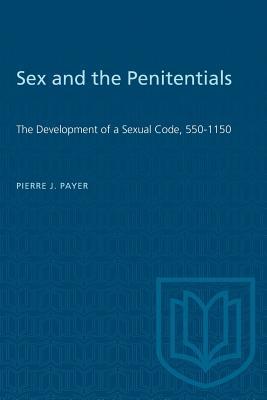The sexual ethic of the early Christian church was simple: sexual relations were permitting only between a man and a woman married to one another and then only for the purpose of procreation. It soon became necessary to articulate and then to refine this ethnic, to analyse departures from it, and to provide for a range of penances suitable to each kind of sexual sin. The penitential -- a confessional manual for the guidance of the priest -- played an important role in this process.
Payer argues, despite modern orthodoxy, that the penitentials reflect reaction to actual practice and are not simply a record of the wild imaginings of monkish minds or the abstract categorizing or legal minds. He traces the history of the penitentials from their early Irish origins in the sixth century through their ninth-century descendants in continental Europe and Anglo-Saxon England, to the great legal collections of the tenth and twelfth centuries. In the process he illuminates an increasingly sophisticated treatment of a wide variety of sexual situations, from the heterosexual life of the married and the unmarried, through homosexuality and lesbianism, bestiality, and masturbation, to the preservation of chastity.
Sex and the Penitentials is a systematic inquiry into one of the richest sources of sexual teaching in the early church. It represents a major step towards an understanding of the nature of that teaching and its role in the transformation of the classical ethic into a Christian one.
